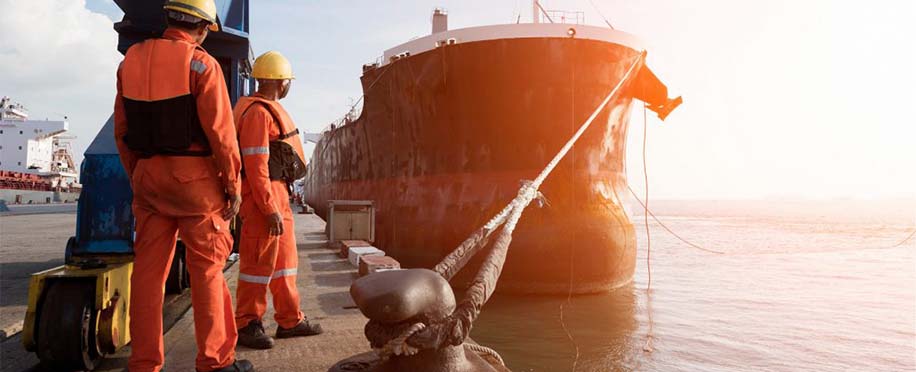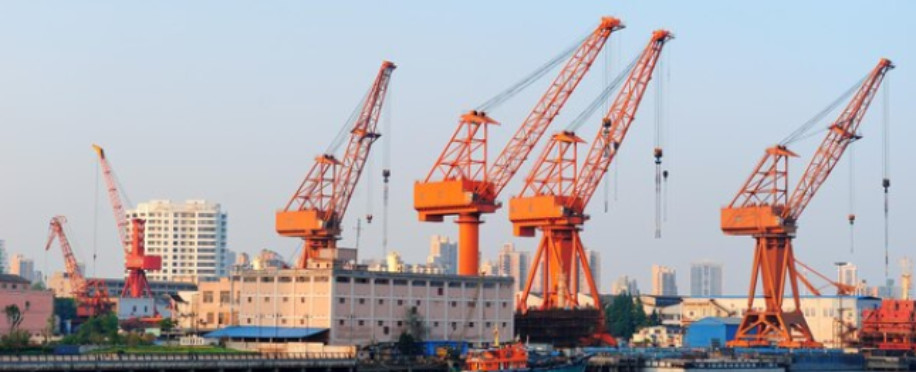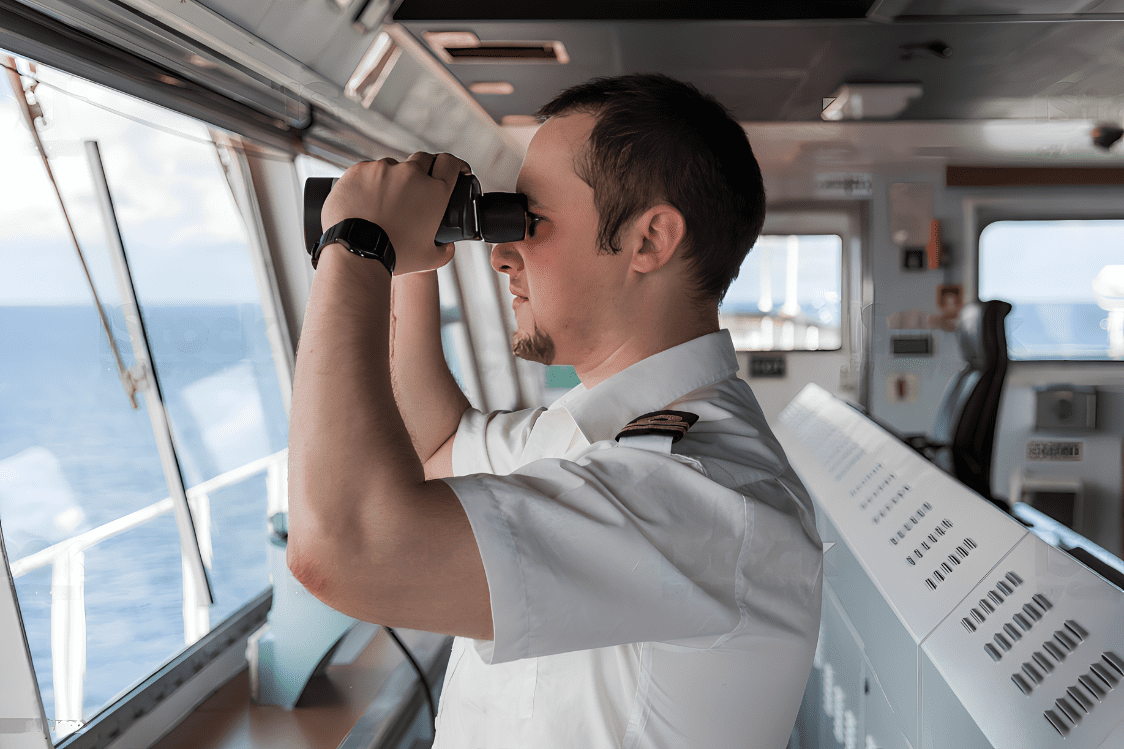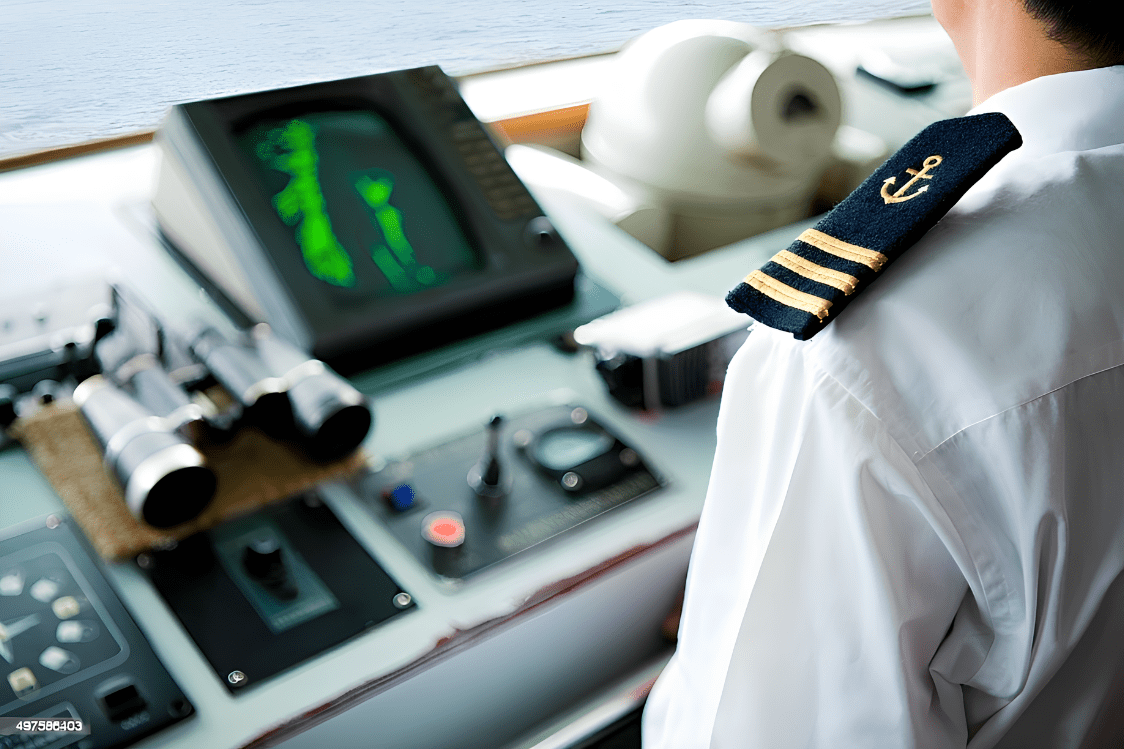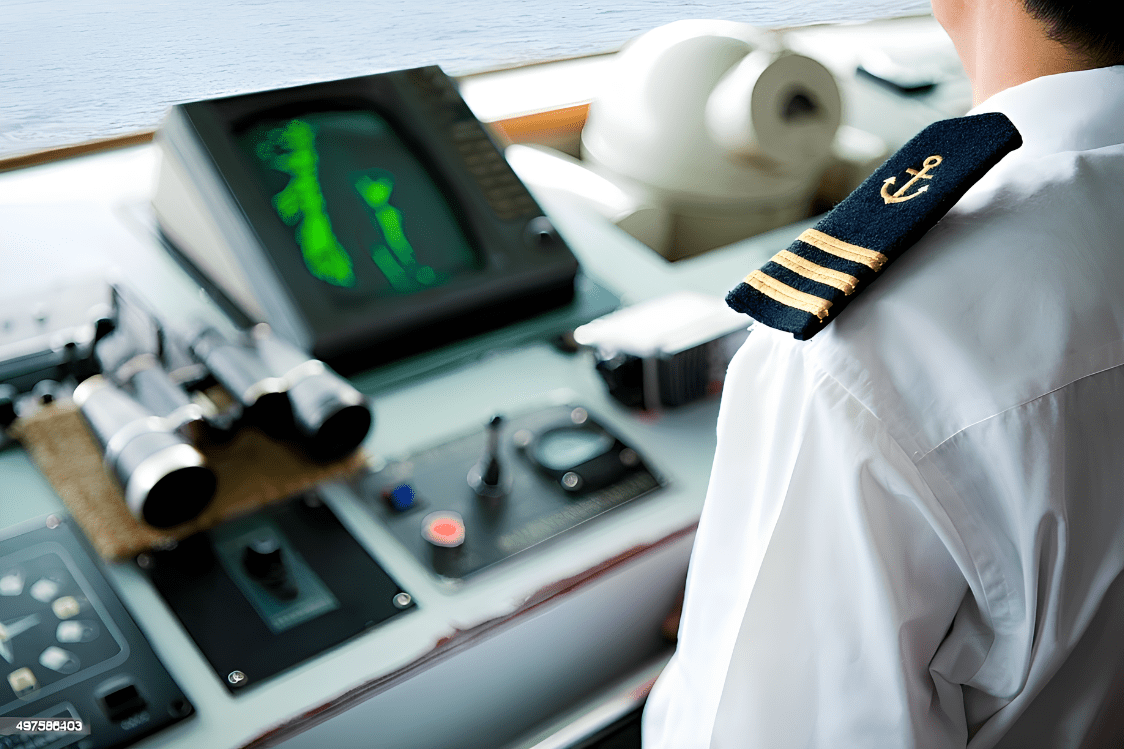Green Harbors: The Transformative Power of Cold Ironing in Reducing Ship Emissions
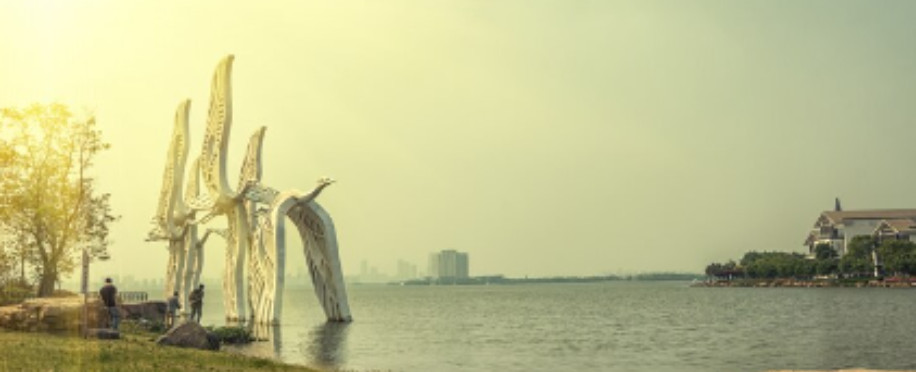
Posted on Apr 10, 2024 at 04:04 PM
In an attempt to achieve a cleaner and sustainable environment, the maritime industry is now researching innovative solutions that reduce its environmental impact.
Cold ironing is one of the more promising technologies that have been created in recent years. This revolutionary scheme may bring about harbors that are eco-friendly and turn shipping hubs to decrease ships' emissions when vessels dock.
Let's take a deeper look at the revolutionary process of cold ironing and how that is changing the face of ecological ports.
Introduction to Cold Ironing
Cold ironing is the process by which ships get their engines turned off and are linked to a shore electrical power line allowing the ship to completely disconnect and turn off the engines only while onshore at a port.
For instance, electric power sources link up with the local shoreside supply rather than the marine vessel running on diesel generators to generate electricity,
providing cold iron energy to a berthed container ship significantly reduces its harmful emissions like nitrogen oxides, sulfur oxides, and particulate matter emissions.
Furthermore, this provision technique not only has an effective impact on the environment but also helps create a better contribution to the ecological footprints of the maritime industries.
How Cold Ironing Works
Upon the arrival of a ship at berth equipped with a shore power source, its cable of a special type is hooked up to the onshore power grid for electricity supply. It links the vessel together with the onboard equipment; therefore, they are in a position to run while shutting off their engines.
Stowing away auxiliary engines in port decreases fuel use and emissions on a grand scale, being one of the main factors in improving air quality and reducing carbon footprints.
Benefits of Cold Ironing Technology
Cold ironing is becoming an increasingly popular technology due to these reasons:
Environmental Impact
Cold ironing is an instrument that aids in the environmental impact abatement of shipping by diminishing air pollution and greenhouse gas emissions. Ships will be able to reduce their environmental impact and play their part in the global struggle against climate change by using ports with cleaner electricity sources. In addition to having less impact on the environment, cold ironing has a good impact on the infrastructure of the cruise ship itself, less machinery exhaust (because the working period of time is reduced), and less fossil fuel burning. Overall a good alternative to traditional energy production systems
Health Benefits
An important consequence of low-SME emissions, as a result of cold ironing, is that it contributes to the improvement of the public health status, particularly for the areas that are prone to high levels of air pollution, such as port communities.
Air pollution may trigger both long- and short-term respiratory problems as well as other health-related problems, which can be prevented by cleaner air quality. Moreover, plugging ships in creates less noise pollution which means less damage to the health of operators
Regulatory Compliance
Greenhouse gas emissions and air pollution in the maritime transport sector are the current focus of environmental regulations and emissions standards. Cold ironing is a suitable solution for vessels to adapt to the stricter compliance requirements and work towards securing the seas.
As ports with cold ironing utility become ports that are more eco-conscious and sustainable, they display their commitment to environmental guardianship.
Success Stories of Cold Ironing
The Port of Long Beach in California has been a leading force in undertaking cold ironing implementations. Cold ironing technologies are now operational in multiple berths able to provide shoreside power to vessels. This particular project has helped to cut emissions in the port zone to a large extent, which means cleaner air and a more eco-friendly quay area.
The Port of Rotterdam in the Netherlands has the same strategy: it has joined cold ironing to move towards sustainability. With its offer to provide shoreside electricity for docked ships to use in most terminals, Rotterdam wishes to become a superior green port and decrease its carbon footprint just by following this example with other entities worldwide.
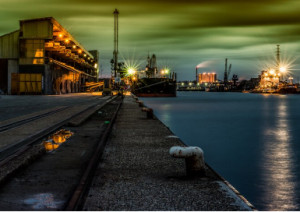
How can you contribute to green harbors?
Based on everything we've mentioned so far, the goal of sustainability is relatively easy, it only needs a little more investment. How can you be on board with these international investments? here's how:
-
Learn more about cold ironing: Educating yourself on cold ironing and its advantages should be your priority if you want to comprehend its tremendous power of transformation.
-
Implement new sustainable strategies: On a personal level, you can practice and contribute to green port culture simply by using sustainably generated energy in the shipping activities you are engaged in yourself. Just by adopting sustainable practices, you can set a good example that will influence others to follow.
-
Take Maritime safety training courses in Dubai: Providing a wider knowledge and essential skills is one of the simple ways of ensuring that the marine environment around the harbour is green and safe. These courses offer useful knowledge about how to sail with an understanding of surrounding marine life to help you do a responsible job and minimize damage to the environment and the people at sea.
As more ports adopt cold ironing infrastructure and ships embrace this innovative technology, we move closer to a cleaner, more sustainable maritime sector that prioritizes environmental stewardship and embraces the power of innovation.
